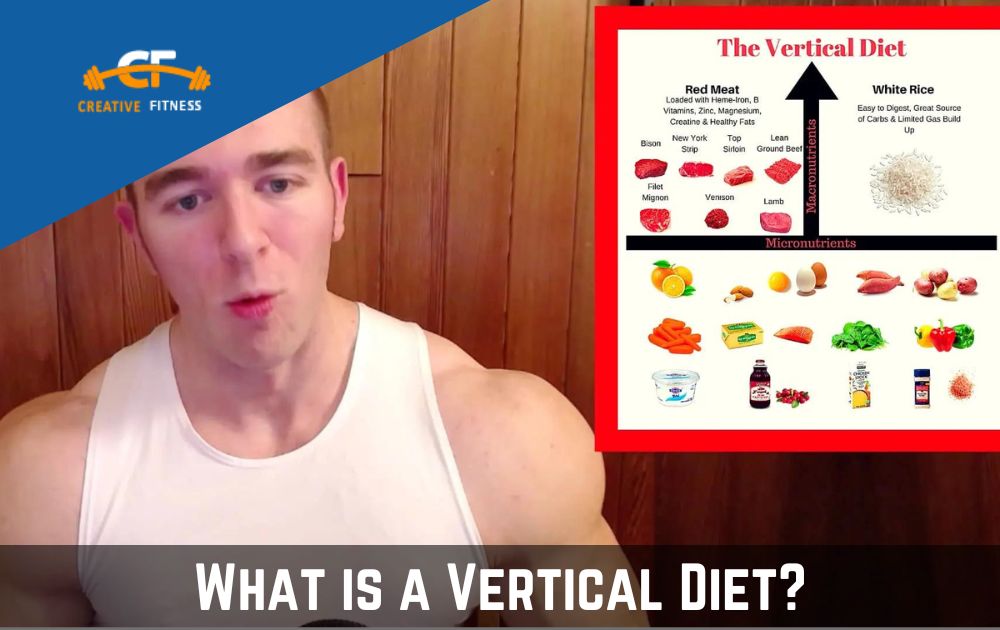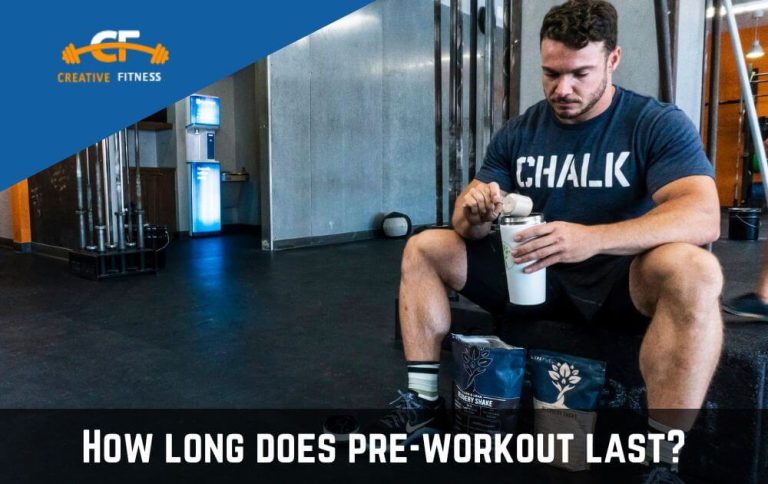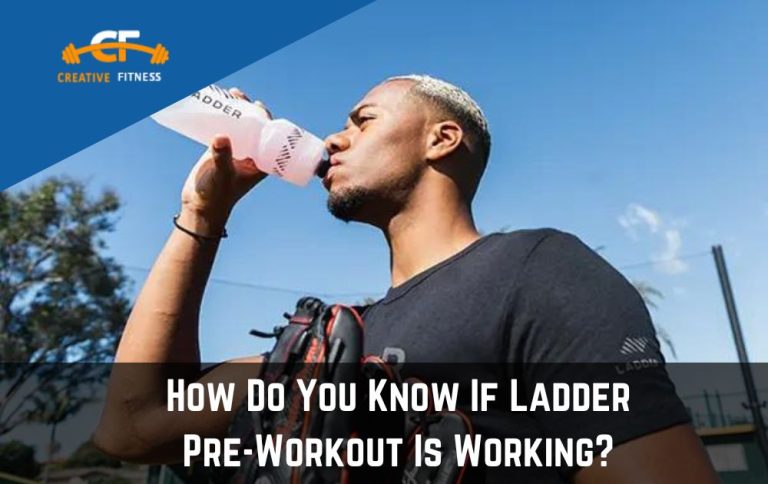What is a Vertical Diet? | Benefits, Drawbacks & Diet Plan by Days
People often ask me What is a Vertical Diet in the below comment box. Well, This Vertical diet is a nutrition plan designed by a professional bodybuilder and powerlifter according to Stan Efferding.
It emphasizes consuming nutrient-dense whole foods such as lean meats which are low in FODMAP carbohydrates, and easily digestible vegetables. Moreover, you can experience increased energy levels, improved digestion, enhanced athletic performance, and better overall health just by following this diet.
Also Read: Whey protein vs Plant protein
What is a Vertical Diet – What’s in it Along with all the Major Details?
The Vertical diet is pretty similar to the Keto-diet bodybuilding. However, it does include the use of different materials and foods to keep the body’s nutrients balanced. In the below lines, I have shared all the major things that you must know about this special and amazing diet.
1. Why’s this diet called the “Vertical Diet”?
The Vertical diet is called “Vertical” because it focuses on building a strong foundation.
It includes a variety of nutrient-dense whole foods such as lean meats, low FODMAP carbohydrates, and easily digestible vegetables.
Moreover, These foods provide the body with the essential nutrients it needs to function optimally. However, The diet also emphasizes maintaining a balanced gut microbiome. Overall, the goal is to improve health and athletic performance by building a solid foundation of whole foods.
2. How do you Follow the Vertical Diet?
I first downloaded the Vertical Diet PDF and read it thoroughly to understand the principles and guidelines of the diet to follow the Vertical Diet. I then created a Vertical diet meal plan for each day of the week, focusing on nutrient-dense whole foods such as lean meats. But it should have low FODMAP carbohydrates and easily digestible vegetables.
I typically consume eggs, spinach, avocado, or oatmeal with blueberries and nuts for breakfast. To aid in weight loss, I make sure to consume fewer calories than I burn each day by monitoring my portion sizes and tracking my calorie intake.
However, I also use the Vertical Diet Reddit community for support and advice, as well as to find new recipes and meal prep ideas. To simplify meal prep, I also set aside time each week to prepare meals in advance, ensuring that I always have healthy options on hand.
3. Diet setup by Days
Here is the major list of this diet plan that I use for myself. Moreover, it is also advised by professionals to follow this routine for fast and efficient body results.
Monday
- Breakfast: Oatmeal with blueberries and nuts
- Lunch: Grilled chicken breast with sweet potato and broccoli
- Snack: Greek yogurt with mixed berries and almonds
- Dinner: Grass-fed beef with rice and mixed vegetables
Tuesday
- Breakfast: Scrambled eggs with spinach and avocado
- Lunch: Tuna salad with mixed greens and sweet potato
- Snack: Apple with almond butter
- Dinner: Wild-caught salmon with quinoa and asparagus
Wednesday
- Breakfast: Cottage cheese with berries and cashews
- Lunch: Turkey burger with brown rice and mixed vegetables
- Snack: Protein shake with banana and almond milk
- Dinner: Grass-fed beef with mashed sweet potato and green beans
Thursday
- Breakfast: Protein pancakes with banana and peanut butter
- Lunch: Grilled chicken breast with quinoa and mixed vegetables
- Snack: Greek yogurt with mixed berries and almonds
- Dinner: Pork chops with roasted potatoes and mixed vegetables
Friday
- Breakfast: Scrambled eggs with spinach and avocado
- Lunch: Tuna salad with mixed greens and sweet potato
- Snack: Apple with almond butter
- Dinner: Wild-caught salmon with rice and mixed vegetables
Saturday
- Breakfast: Oatmeal with blueberries and nuts
- Lunch: Grilled chicken breast with sweet potato and broccoli
- Snack: Protein shake with banana and almond milk
- Dinner: Grass-fed beef with rice and mixed vegetables
Sunday
- Breakfast: Cottage cheese with berries and cashews
- Lunch: Turkey burger with brown rice and mixed vegetables
- Snack: Greek yogurt with mixed berries and almonds
- Dinner: Pork chops with mashed sweet potato and green bean
4. Who Should Follow & Avoid this Vertical Diet?
I believe that it can be beneficial for athletes, bodybuilders, and people looking to improve their overall health through nutrition. But I have stated this as someone who has researched the Vertical diet.
Those who are looking to gain muscle mass and improve athletic performance can benefit from the Vertical diet’s emphasis on nutrient-dense whole foods and maintaining a balanced gut microbiome.
However, those with specific dietary restrictions or medical conditions should avoid the Vertical diet or adjust it to fit their needs. For example, individuals with certain digestive disorders, such as irritable bowel syndrome (IBS), may need to avoid high-FODMAP foods included in their diet.
Moreover, Pregnant or breastfeeding women, as well as children, should also seek guidance from a healthcare professional before starting the Vertical diet. Ultimately, it’s important to consult with a healthcare professional before making any significant changes to your diet, especially if you have underlying health conditions or concerns.
5. Benefits & Drawbacks of the Vertical Diet:
I have shared all these benefits and cons of this diet plan in the below lines. So, make sure to read all about them till the end.
Benefits:
- Nutrient-dense whole foods provide the body with essential vitamins and minerals.
- A balanced gut microbiome may improve digestion and overall health.
- Emphasis on lean meats and high-quality protein can aid in muscle growth and repair.
- Focus on easily digestible carbohydrates may help improve energy levels.
- May aid in weight loss by promoting a calorie deficit and reducing processed foods.
Drawbacks:
- The restrictive nature of the diet may lead to boredom and a lack of variety.
- Some may find the diet difficult to adhere to due to strict guidelines and limited food options.
- High emphasis on red meat may be a concern for some individuals due to its association with increased risk of certain diseases.
- Limited intake of high FODMAP foods may be difficult for individuals with digestive disorders.
- The cost of high-quality, nutrient-dense foods may be a concern for some individuals.
6. Foods to Avoid in the Vertical Diet:
Here are some foods to avoid on this diet that I have discovered as someone who has researched the Vertical diet. So, be sure to follow all of them.
- Processed foods: These foods are often high in calories, sugar, and unhealthy fats, and provide little nutritional value.
- High fructose corn syrup: This sweetener is often found in processed foods and beverages and has been linked to various health problems.
- Trans fats: These unhealthy fats are often found in processed foods, baked goods, and fried foods and have been linked to an increased risk of heart disease.
- Soy: Some individuals may be sensitive to soy or have an allergy, so it’s recommended to avoid it on the Vertical diet.
- High FODMAP foods: These foods are known to cause digestive issues in some individuals, so it’s recommended to avoid or limit them on the Vertical diet. Examples include garlic, onion, beans, and certain fruits.
Frequently Asked Questions:
The Vertical diet includes nutrient-dense whole foods such as lean meats, high-quality protein, easily digestible carbohydrates, and low-gas vegetables. It promotes a balanced gut microbiome through the consumption of fermented foods and probiotics. This diet may be restrictive for some, but it offers a variety of whole foods that provide essential vitamins and minerals for overall health.
What is a vertical diet? The Vertical diet is based on a special eating plan that makes sure to provide enough energy and stability to the muscles in your body. Therefore, you should give it a try for weight loss and bodybuilding purposes.
The Vertical diet does include the use of many healthy food materials that are high in proteins. However, it is not enough for workout purposes. As a result, you can add any of your favorite ingredients to this diet and make it healthier.
Final Verdict:
What is a Vertical Diet? The Vertical diet is a nutrition plan that emphasizes consuming nutrient-dense whole foods to promote overall health and wellness. To use the Vertical diet, focus on lean meats, high-quality protein, easily digestible carbohydrates, and low-gas vegetables while avoiding processed foods and high-FODMAP foods.
You may experience benefits such as improved digestion, a balanced gut microbiome, increased energy levels, and potential weight loss. In case you follow this diet accurately. However, it’s important to personalize the diet to fit your individual needs and consult with a healthcare professional before starting any significant dietary changes.

Drew Mathews is a well-known fitness writer who has contributed to the industry for several years. His vast knowledge and expertise are shared with his readers on CreativeFitness.com, where he writes as a fitness coach with extensive experience. Drew has been working in the fitness industry for over a decade and has acquired extensive knowledge and experience in the field.







